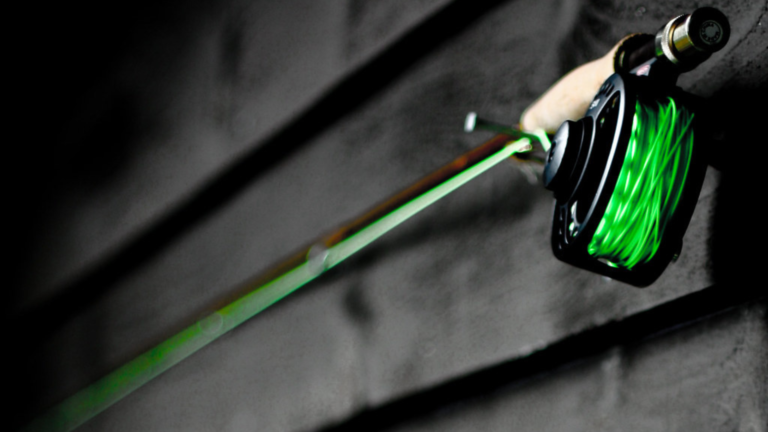HOW TO INCREASE YOUR FLY CASTING DISTANCE | 5 SIMPLE TIPS
How to Increase Your Fly Casting Distance | 5 Simple Tips
Fly casting isn’t rocket science—it’s more like dancing with your fishing rod. Whether you’re a seasoned angler or a newbie, casting distance matters. Imagine your fly landing gently on that distant ripple, teasing the trout. Let’s unlock the secrets to longer casts without the jargon. Ready? Let’s dive in!
Table of Contents
- Line Speed: The Double Haul
- Why Speed Matters
- Mastering the Double Haul
- Timing Is Everything
- Cast Over the Top: Stay Vertical
- Why Stay Vertical?
- Efficiency and Avoiding Side Drift
- Aim High: Reach for the Sky
- The Arc of Success
- Launching Your Fly
- Carry vs. Shoot: Timing Matters
- The Final Stretch
- Choosing Between Carrying and Shooting
- Gear Matters: Choose Wisely
- Selecting the Right Tools
- Line Weight, Taper, and Rod Action
1. Line Speed: The Double Haul
Why Line Speed Matters
Think of line speed as turbocharging your cast. It’s not about brute force; it’s finesse with a punch. Enter the double haul:
- Master the Haul: The double haul adds power to your cast. It’s a rhythmic pull on both the backcast and forward cast. Practice until it feels like second nature.
- Timing Is Everything: Sync your haul with your rod motion. Pull when the rod bends—both on the backstroke and the forward stroke.
Action Steps
- Practice, Practice, Practice: The double haul isn’t rocket science—it’s muscle memory.
- Feel the Rod Load: When the rod bends, that’s your cue to haul. Let the rod do the heavy lifting.
2. Cast Over the Top: Stay Vertical
Why Stay Vertical?
Imagine a glass wall in front of you. Your rod tip should move along that wall. Here’s why it matters:
- Efficiency: The shortest distance between two points is a straight line. Keep your cast efficient by tracking vertically.
- Avoid Side Drift: Casting off-plane leads to wonky drifts. Your fly won’t land where you want it. Stay disciplined.
Action Steps
- Visualize the Wall: Imagine that glass wall. Cast over it.
- Stay Disciplined: It’s easy to drift—keep your rod on track.
3. Aim High: Reach for the Sky
The Arc of Success
Distance requires elevation. Here’s how to gain altitude:
- Look Up: Your fly line should ascend during the cast. Think of it as launching a paper airplane.
- Extend Fully: Stretch your arm out. The higher your trajectory, the farther your fly will go.
Action Steps
- Eyes on the Sky: Look up during your cast.
- Release at the Peak: Let your line soar like a kite.
4. Carry vs. Shoot: Timing Matters
The Final Stretch
As your line extends, you have two options: carry or shoot. Here’s the difference:
- Carry: Gradually extend your arm, maintaining control. Ideal for precision.
- Shoot: Release the line suddenly. It’s like hitting the afterburners. Use it when you need that extra oomph.
Action Steps
- Know When to Shoot: Reserve shooting for the grand finale.
- Practice Both: Adapt to the situation.
5. Gear Matters: Choose Wisely
The Right Tools for the Job
Your fly line, rod, and reel impact distance. Consider these factors:
- Line Weight: Opt for heavier lines—they load the rod better for longer casts.
- Taper: Weight-forward tapers carry more energy. They’re like Red Bull for your cast.
- Rod Action: Fast-action rods generate line speed. Match your rod to your style.
Action Steps
- Experiment: Try different gear setups.
- Fine-Tune: Find your sweet spot.
Conclusion
Fly casting isn’t about muscle—it’s about finesse and timing. Practice these tips, and soon you’ll be high-fiving distant trout. Tight loops and longer distances await!






